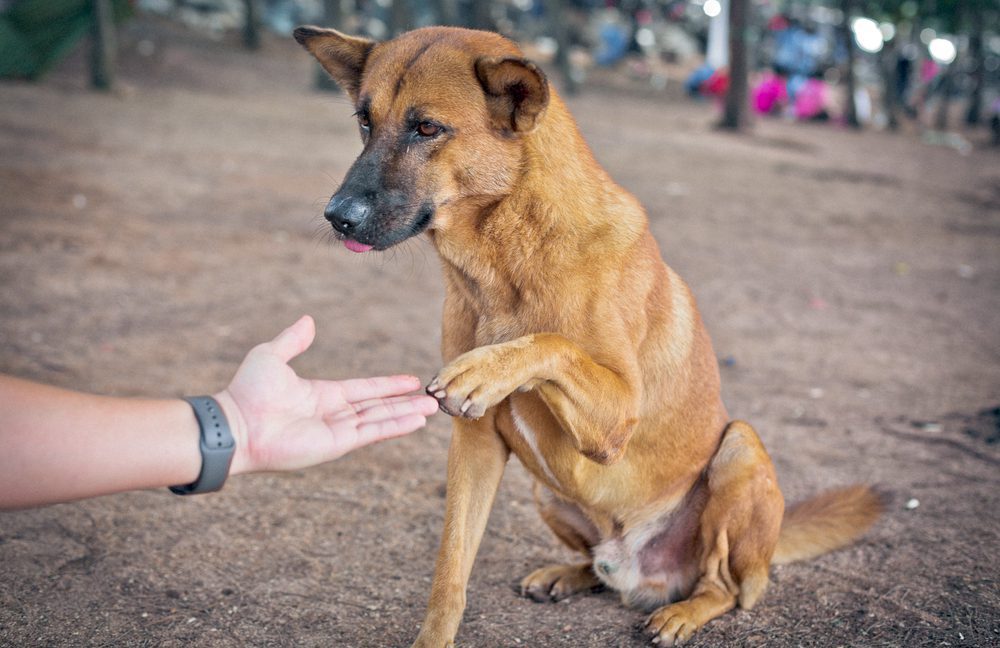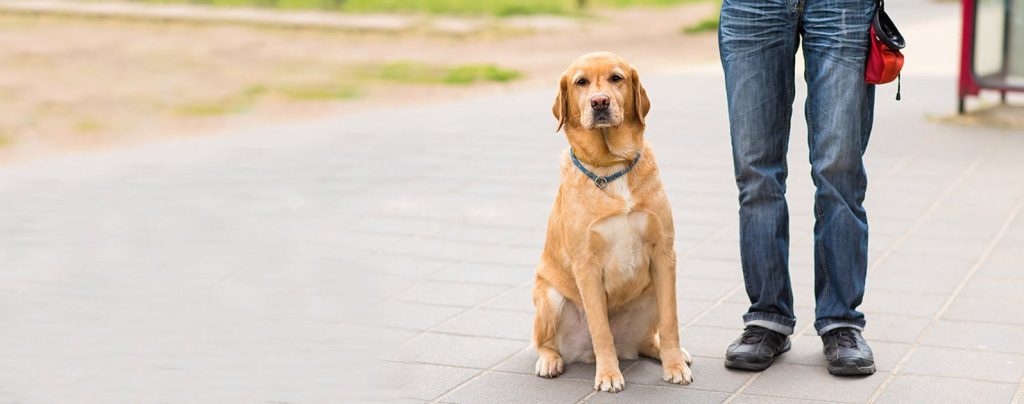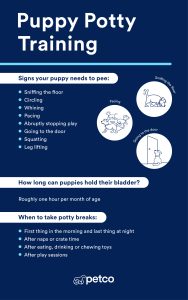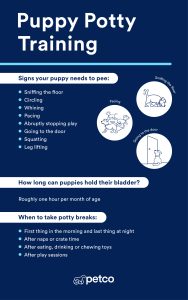Have you ever wondered if your older dog can still learn new tricks or improve its behavior? It’s easy to assume that training is only for puppies, but the truth might surprise you.
Your furry friend, no matter their age, can benefit from training that strengthens your bond and makes daily life easier. If you’ve been hesitant or unsure about starting training with your senior dog, keep reading. You’ll discover practical tips and encouraging facts that could change the way you see your dog’s potential.
Ready to unlock your older dog’s hidden talents? Let’s dive in.

Credit: www.sparkpaws.com
Benefits Of Training Older Dogs
Training an older dog is possible and brings many good results. It helps improve their behavior and daily life.
Older dogs can learn new skills that make them happier and healthier. Training also strengthens the bond with their owners.
Improved Behavior And Manners
Training helps older dogs follow rules and behave well at home. It can stop bad habits like chewing or barking too much.
Good manners make life easier for both dogs and owners. Older dogs can enjoy walks and visits without causing trouble.
Enhanced Bonding And Trust
Training sessions create time to connect with your dog. This builds trust and shows your dog they are loved.
Older dogs feel safe when they understand what you want. A strong bond makes training more fun and effective.
Mental Stimulation And Health
Learning new commands keeps an older dog’s mind active. This helps prevent memory loss and boredom.
Mental exercises can improve their overall health. Training can slow down signs of aging and keep dogs sharp.

Credit: www.thetrustedcompanion.com
Challenges When Training Senior Dogs
Training an older dog can be very different from training a young puppy. Senior dogs face unique challenges that can slow progress.
Understanding these challenges helps you be patient and adjust your training approach for better results.
Physical Limitations
Older dogs often have joint pain, arthritis, or weaker muscles. These issues can make some training exercises hard or uncomfortable.
Training should focus on gentle activities that do not strain the dog’s body. Shorter sessions work better for senior dogs.
- Limit jumping and running exercises
- Use soft surfaces for training
- Give frequent breaks during sessions
Established Habits
Older dogs have many years of habits. Changing these habits takes more time and patience than with young dogs.
Training should use clear, consistent commands. Reward good behavior to encourage the dog to learn new habits.
- Be patient with slow progress
- Repeat commands often
- Use positive reinforcement
Sensory Decline
Senior dogs may have weaker eyesight and hearing. These changes affect how they understand training cues.
Use clear hand signals and louder, slower commands. Adjust training to fit the dog’s current sensory abilities.
- Speak clearly and at a moderate volume
- Use visual signals alongside voice commands
- Train in quiet, well-lit areas
Choosing The Right Training Techniques
Training an older dog is possible with the right approach. It takes patience and understanding.
Choosing training techniques that suit your dog’s age helps make learning easier and fun.
Positive Reinforcement Methods
Positive reinforcement helps older dogs learn by rewarding good behavior. It builds trust and motivation.
Use treats, praise, or toys to reward your dog after they follow a command or behave well.
- Give rewards immediately after good behavior
- Use treats your dog really likes
- Keep rewards small to avoid overfeeding
- Praise your dog with a happy voice
Short And Frequent Sessions
Older dogs learn best in short, frequent training sessions. Long sessions can cause fatigue.
Keep training times between 5 to 10 minutes. Repeat sessions two to three times a day.
- Short sessions hold your dog’s attention
- Frequent practice helps memory
- Stop before your dog gets tired
Using Clear And Consistent Cues
Use simple, clear words for commands. Repeat the same word for each action.
Consistency helps older dogs understand what you want. Avoid changing commands often.
- Use one word per command, like “sit” or “stay”
- Speak in a calm and firm tone
- Use the same hand signals every time
- Be patient and repeat commands as needed
Essential Tips For Success
Training an older dog is possible with the right approach. Older dogs can learn new skills and habits.
Patience and care help make training easier and more enjoyable for both you and your dog.
Patience And Realistic Expectations
Older dogs may take longer to learn new things. Be patient and keep your goals simple.
Set small, clear goals. Celebrate small successes to keep your dog motivated.
- Use short training sessions, about 5 to 10 minutes
- Repeat commands clearly and calmly
- Avoid punishment; use rewards instead
Adjusting Training To Health Needs
Older dogs may have health issues like arthritis or poor eyesight. Adapt training to their condition.
Choose gentle exercises and avoid movements that cause pain. Watch for signs of tiredness.
- Use soft mats or cushions for comfort
- Train in quiet places to reduce stress
- Keep treats easy to chew
- Consult your vet about safe activities
Creating A Comfortable Environment
Make training areas calm and safe. Older dogs feel better in familiar settings.
Remove distractions and loud noises. Use natural light and keep the space warm.
- Choose a quiet room with soft floors
- Keep toys and treats nearby
- Use gentle tones and slow movements
- Allow breaks if the dog seems stressed
Common Commands To Teach Older Dogs
Older dogs can learn new commands with patience and care. Training helps them stay active and happy.
Teaching useful commands improves your bond and makes daily life easier for both of you.
Basic Obedience Skills
Older dogs benefit from basic obedience skills to behave well at home and outside. These commands build trust and respect.
Start with simple commands that your dog can understand and follow easily.
- Sit:Helps your dog stay calm and focused.
- Stay:Keeps your dog in place when needed.
- Come:Calls your dog back to you safely.
- Down:Encourages calm and relaxed behavior.
- Leave it:Prevents your dog from picking up dangerous items.
Useful Tricks For Daily Life
Teaching tricks helps older dogs stay mentally sharp and entertained. Tricks also make daily routines smoother.
Try easy tricks that your dog can do without stress or pain.
- Shake hands:A fun way to bond and practice patience.
- Roll over:Gentle exercise for flexibility.
- Touch:Teaching your dog to touch your hand or object.
- Wait:Teaches patience before meals or crossing doors.
- Go to bed:Helps your dog relax in their space.
Safety Commands
Safety commands protect your dog from harm in different situations. These commands can save lives.
Practice these commands regularly so your dog responds quickly in emergencies.
- Stop:Immediately halts unwanted behavior or movement.
- Off:Removes your dog from furniture or people politely.
- Drop it:Makes your dog release objects from its mouth.
- Come:Calls your dog back to you quickly and safely.
- Quiet:Helps control barking when needed.
Monitoring Progress And Adjusting Plans
Training an older dog takes patience and care. Monitoring progress helps you see what works best.
Adjust your training plan based on your dog's behavior and response. This keeps learning effective.
Tracking Behavioral Changes
Watch your dog's behavior closely during training. Note any improvements or setbacks.
Keep a journal or chart to record daily changes. This helps identify patterns and progress.
- Write down new commands your dog learns
- Note any reduction in bad habits
- Record how long your dog stays focused
When To Seek Professional Help
If your dog shows no progress after weeks, consider expert advice. A trainer can offer new techniques.
Look for signs like aggression or anxiety that you cannot handle alone. Professionals know how to help safely.
- Persistent bad behavior despite training
- Signs of stress or fear in your dog
- Difficulty following any commands
Celebrating Small Victories
Praise your dog for even small improvements. This encourages them to keep learning.
Small wins build your dog’s confidence. Reward progress with treats or playtime.
- Celebrate when your dog follows a new command
- Notice when they stay calm in new situations
- Enjoy moments of better behavior daily

Credit: dogacademy.org
Frequently Asked Questions
Can Older Dogs Learn New Commands?
Yes, older dogs can learn new commands. They may take more time but benefit from consistent, positive training methods.
How Long Does Training An Older Dog Take?
Training duration varies by dog. Older dogs may need more patience, but steady practice leads to successful learning.
What Training Methods Suit Senior Dogs Best?
Gentle, reward-based training suits senior dogs best. Avoid harsh methods to keep them motivated and comfortable.
Are There Limitations In Training Older Dogs?
Some older dogs have physical or cognitive limits. Tailor training to their health and energy levels for best results.
Conclusion
Training older dogs is possible and rewarding. Patience is essential. Older dogs can learn new commands and tricks. Consistent practice helps them adapt quickly. Positive reinforcement works well with senior dogs. Treats and praise encourage them to try harder. Building a strong bond is crucial.
It boosts confidence and trust. Remember, every dog is unique. Tailor training methods to suit their needs. Don’t rush the process. Enjoy the journey together. With dedication, your older dog can thrive. Training keeps their mind sharp and strengthens your connection.
So, start today and see the positive changes unfold.

Emily Barker is the founder of ChillDogLife.com, a space dedicated to helping pup parents discover the best dog products, lifestyle tips, and cozy ideas for happier homes.
A lifelong dog lover, Emily combines her passion for pets with a knack for research to share trusted recommendations on everything from toys and furniture to health and everyday care.
Her goal is simple: to make life easier, stylish, and more joyful for dogs and the people who love them.







